BDNF
Null and Noteworthy: Pregnancy factors, household language, toddler tests
In this edition of Null and Noteworthy, researchers rebut a controversial epidural study, test out autism assessments in toddlers and give the okay for multilingualism in autistic children.
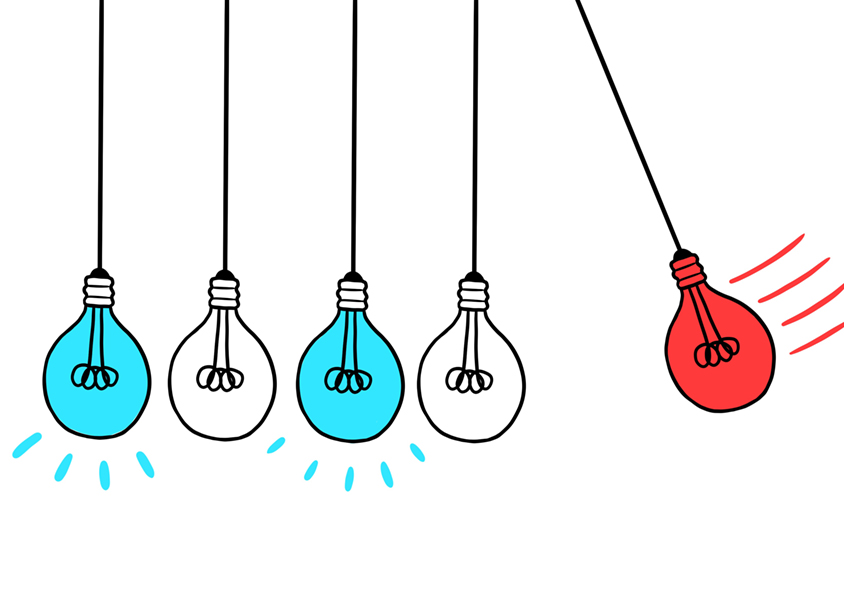
Null and Noteworthy: Pregnancy factors, household language, toddler tests
In this edition of Null and Noteworthy, researchers rebut a controversial epidural study, test out autism assessments in toddlers and give the okay for multilingualism in autistic children.
Jump-starting growth signaling reverses microcephaly in autism mouse model
A genetic therapy and an existing drug both restore typical brain size in mice missing DYRK1A, a top autism candidate gene, in the cerebral cortex, a new study shows. The animals typically have smaller brains than controls.
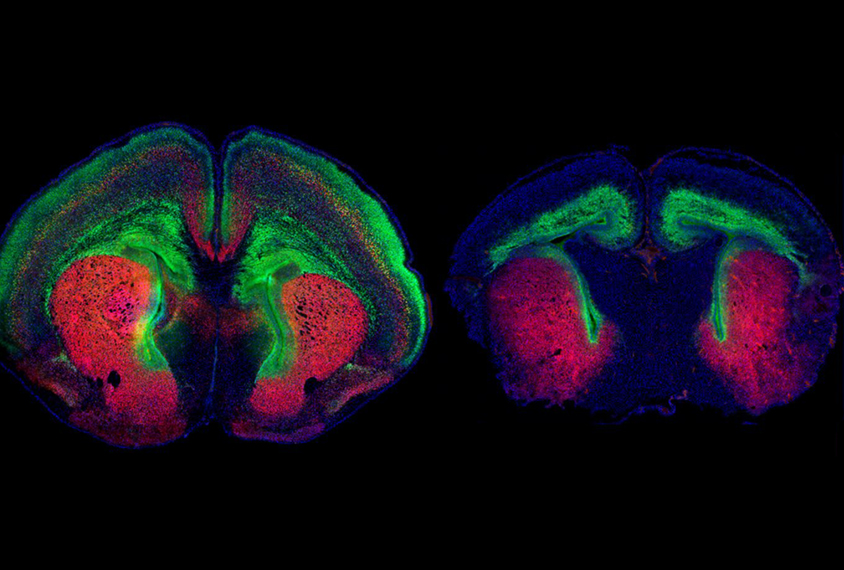
Jump-starting growth signaling reverses microcephaly in autism mouse model
A genetic therapy and an existing drug both restore typical brain size in mice missing DYRK1A, a top autism candidate gene, in the cerebral cortex, a new study shows. The animals typically have smaller brains than controls.
Growth factor levels may be elevated in children with autism
Children with autism may have increased blood levels of brain-derived neurotrophic factor, a protein that spurs the formation of neuronal connections.
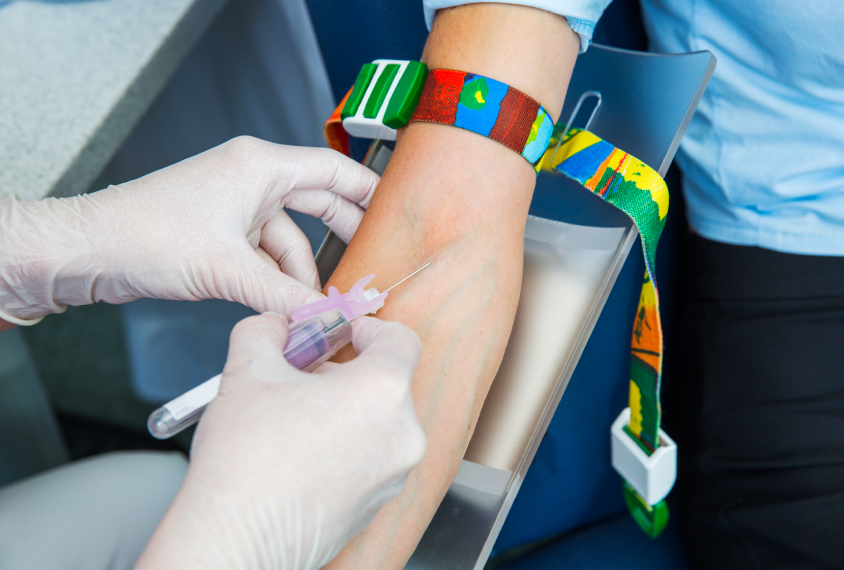
Growth factor levels may be elevated in children with autism
Children with autism may have increased blood levels of brain-derived neurotrophic factor, a protein that spurs the formation of neuronal connections.
Lab gearing up to screen candidate drugs for Rett syndrome
Researchers have established a battery of robust rodent assays to screen treatments for Rett syndrome.
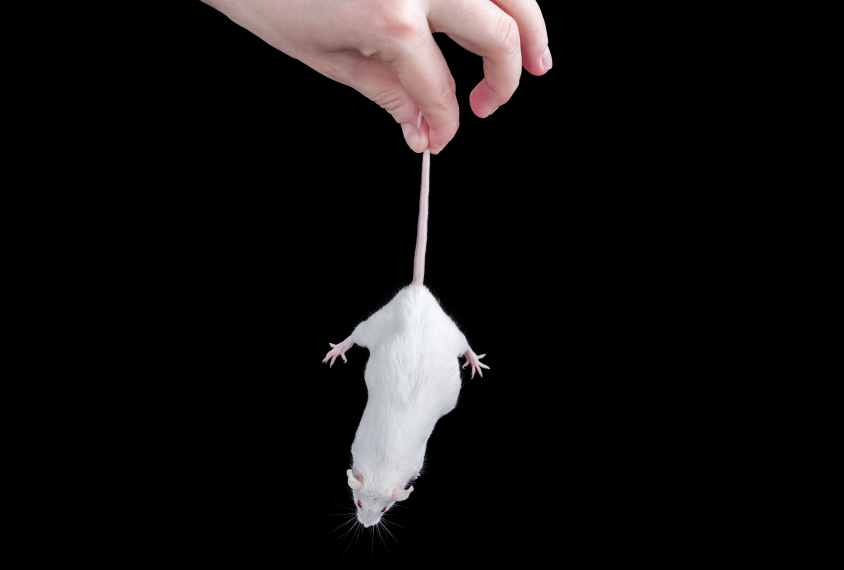
Lab gearing up to screen candidate drugs for Rett syndrome
Researchers have established a battery of robust rodent assays to screen treatments for Rett syndrome.
Growth factor rescues neurons made from boys with Rett
Neurons derived from the skin cells of boys with Rett syndrome can help screen potential treatments for the disorder, suggest unpublished results presented yesterday at the 2014 Society for Neuroscience annual meeting in Washington, D.C.

Growth factor rescues neurons made from boys with Rett
Neurons derived from the skin cells of boys with Rett syndrome can help screen potential treatments for the disorder, suggest unpublished results presented yesterday at the 2014 Society for Neuroscience annual meeting in Washington, D.C.
The case for using ‘prebiotics’
Prebiotics — nutrients that promote the growth of some beneficial gut bacteria — can influence brain chemistry and behavior. New findings suggest prebiotics as treatments for people with neurological disorders, say Sarkis Mazmanian and Gil Sharon.

The case for using ‘prebiotics’
Prebiotics — nutrients that promote the growth of some beneficial gut bacteria — can influence brain chemistry and behavior. New findings suggest prebiotics as treatments for people with neurological disorders, say Sarkis Mazmanian and Gil Sharon.
No longer junk: Role of long noncoding RNAs in autism risk
Long pieces of RNA that do not code for protein have diverse and important roles in the cell and may contribute to autism risk, say Nikolaos Mellios and Mriganka Sur.
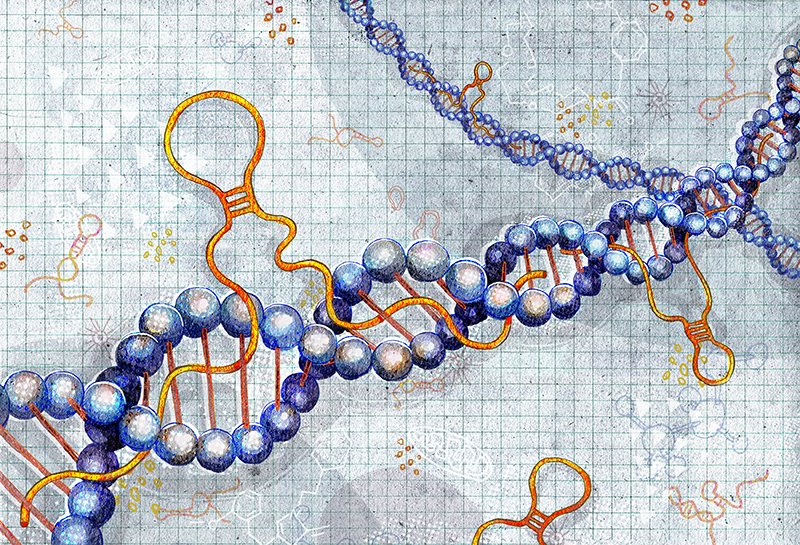
No longer junk: Role of long noncoding RNAs in autism risk
Long pieces of RNA that do not code for protein have diverse and important roles in the cell and may contribute to autism risk, say Nikolaos Mellios and Mriganka Sur.
Molecular mechanisms: Rett gene boosts protein production
MeCP2, the protein mutated in Rett syndrome, is normally responsible for boosting the expression of a large number of genes. This finding, published 3 October in Cell Stem Cell, may explain why growth factors that promote protein production are able to reverse features of the syndrome in mice.
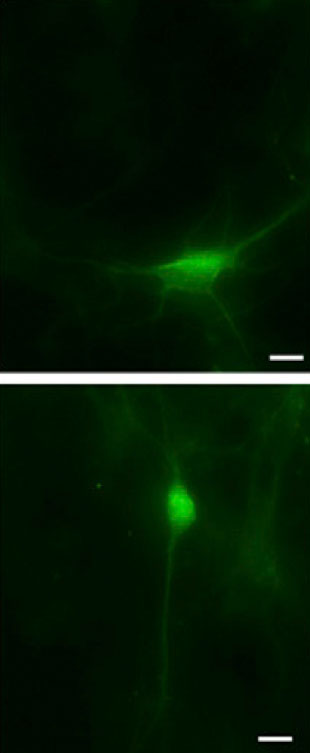
Molecular mechanisms: Rett gene boosts protein production
MeCP2, the protein mutated in Rett syndrome, is normally responsible for boosting the expression of a large number of genes. This finding, published 3 October in Cell Stem Cell, may explain why growth factors that promote protein production are able to reverse features of the syndrome in mice.
Existing drugs could treat Rett syndrome, studies suggest
Rett syndrome affects many cellular pathways, but correcting just one of these with drugs approved for other purposes may be enough to alleviate symptoms of the disorder. This was the message from two presentations Tuesday at the 2013 Society for Neuroscience annual meeting in San Diego.

Existing drugs could treat Rett syndrome, studies suggest
Rett syndrome affects many cellular pathways, but correcting just one of these with drugs approved for other purposes may be enough to alleviate symptoms of the disorder. This was the message from two presentations Tuesday at the 2013 Society for Neuroscience annual meeting in San Diego.
Molecular mechanisms: Study ties growth factor to autism
Mutations in the autism-linked protein NHE6 may block the development of neuronal junctions by interfering with a growth factor called BDNF, according to a study published 2 October in Neuron.
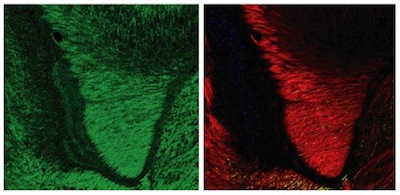
Molecular mechanisms: Study ties growth factor to autism
Mutations in the autism-linked protein NHE6 may block the development of neuronal junctions by interfering with a growth factor called BDNF, according to a study published 2 October in Neuron.
Explore more from The Transmitter
New connectomes fly beyond the brain
Researchers are mapping the neurons in Drosophila’s ventral nerve cord, where the central nervous system meets the rest of the body.

New connectomes fly beyond the brain
Researchers are mapping the neurons in Drosophila’s ventral nerve cord, where the central nervous system meets the rest of the body.
Building an autism research registry: Q&A with Tony Charman
A purpose-built database of participants who have shared genomic and behavioral data could give clinical trials a boost, Charman says.

Building an autism research registry: Q&A with Tony Charman
A purpose-built database of participants who have shared genomic and behavioral data could give clinical trials a boost, Charman says.
Cerebellar circuit may convert expected pain relief into real thing
The newly identified circuit taps into the brain’s opioid system to provide a top-down form of pain relief.

Cerebellar circuit may convert expected pain relief into real thing
The newly identified circuit taps into the brain’s opioid system to provide a top-down form of pain relief.